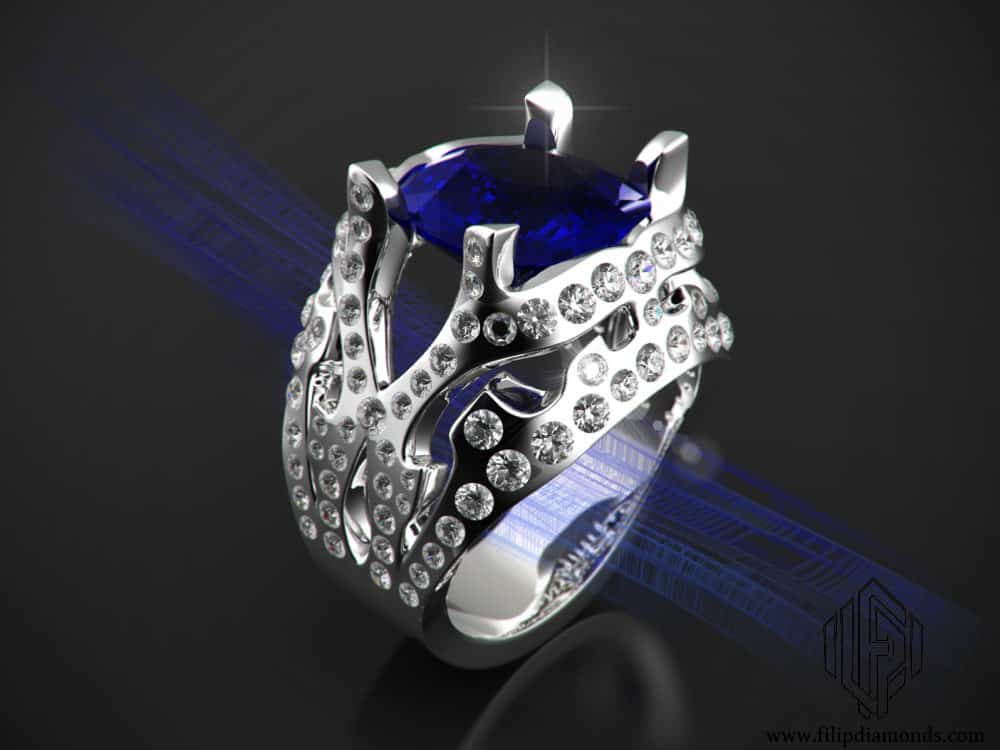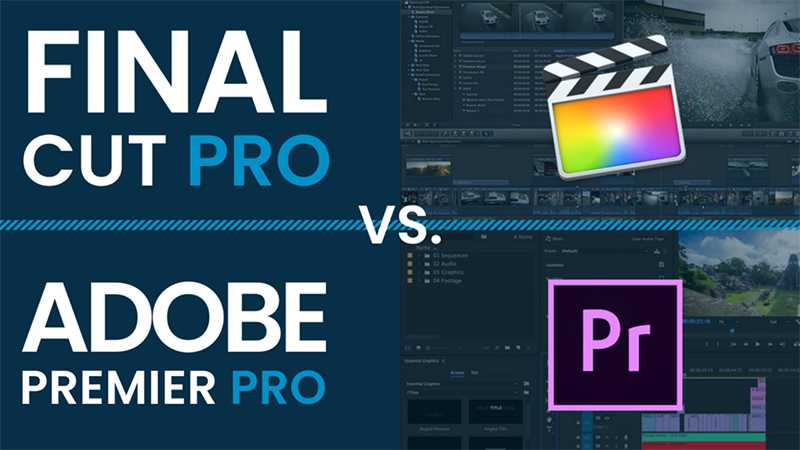

If you have seen such an image, that is most likely an image custom made to be mapped onto a specific 3D model using a UV Map. You may have seen those odd images sometimes that looks like you could print, cut out and glue together to create an origami figure. We then use the result to map the position of the image to the position on the 3D model. UV mapping or UV unwrapping is taking a 3D model and cutting its geometry and lay out the pieces flat on top of an image.
#Keyshot vs daz3d how to
Related content: How to add a texture to an object in Blender What is UV mapping? Hopefully giving you the confidence to be fast and efficient while also having some idea what to do when things don’t turn out as you would like them to.įor a more beginner friendly introduction you can find out how to get your texture onto your object here: In the end though, we will boil it down to a handful of tools and procedures that can help you get most of the Unwrapping done efficiently and accurately through looking at some common workflows. This is to get a broad understanding of the process and tools. The goal of this article is to cover as much of the unwrapping process as possible for as many workflows as possible. In edit mode, use the “U” key for the unwrap menu and transformation and selection tools in the UV Editor and 3D Viewport supplement well. Using Blender for UV Mapping, you can get far by using Smart UV unwrap together with the regular unwrap operation. But instead appreciate the cool technology. A mini game tucked right in the middle like a massive roadblock that does not fit along with all the creativity surrounding it.Īfter having read this article however, I hope that you are one of those people that does not think this way.



It's not an official GoZ, so you'd have to poke around for the link (I can't recall it offhand).UV Mapping is by many considered being the most boring part of the entire 3D art pipeline. You could save yourself a bunch of cash, and use blender for rendering, and Armory Paint for texturing (it's still in development, but is open source and free).īlender even has a version of GoZ, which means you can move models back and forth from zbrush without saving them. I'm still learning it myself, so I can't comment too freely. By comparison, I can render the same model in Blender Cycles with black desert running in the background, and still have headroom. I have a 4790k with 32gb ram (a little old, I know), but it grinds to a halt while rendering in keyshot. Personally, I find keyshot (whilst really easy to learn, and very user friendly) weirdly hyper real. It might be a broken process because of the keyshot restriction. I don't know if you can bring the substance textures back into zb in order to then use keyshot. I'm not sure how that would work out with substance, as you'd normally export your model to substance to paint the textures prior to rendering. The restriction is that you have to export your model directly from zbrush, so you can't use it as a standalone package. Keyshot started doing their zbrush exclusive version a few years back, and it works well enough. They're very different packages, and cover different parts of the overall modeling process, so comparison is irrelevant.


 0 kommentar(er)
0 kommentar(er)
